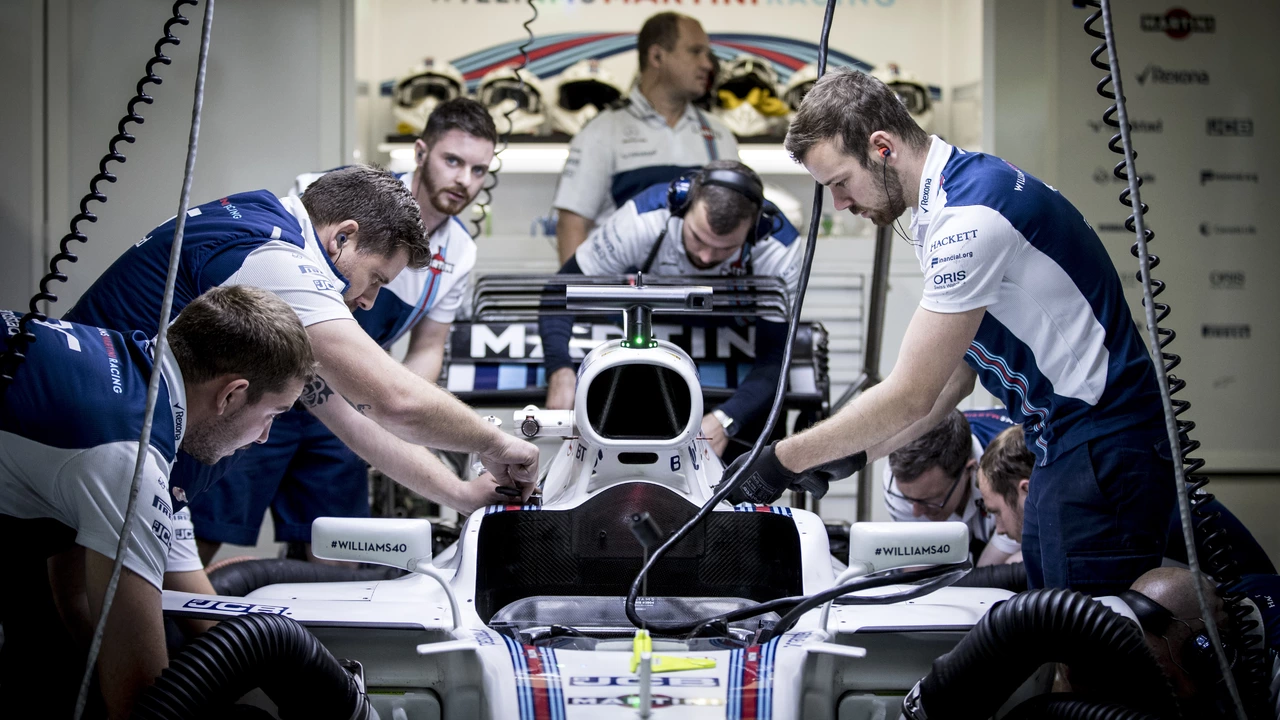Motorsports Hub: News, Careers, and Tech for Fans
Welcome to the spot where every motorsport lover finds something useful. Whether you’re chasing the latest race results, hunting an internship with a top team, or just curious about how a gear shifter works, we’ve got it covered. No jargon, just clear info that you can use right away.
Career Tips for Aspiring Motorsport Professionals
If you’ve ever dreamed of working with a racing team, start by building a solid base in engineering, mechanics, or sports management. Volunteering at local events is a cheap way to meet the right people – many teams scout talent on the sidelines. When you apply, tailor your resume to show off any hands‑on experience, like building a go‑kart or fixing a bike. Persistence matters; a rejection today can turn into an offer tomorrow if you keep learning and networking.
Another quick win is to follow team socials and join motorsport forums. Teams often post about open positions or apprenticeship programs, and being active in those communities puts you on their radar. Remember, enthusiasm shows up in every email you send, so let your passion shine without over‑selling yourself.
Tech Talk: What Makes Race Cars Faster
Ever wondered why a Formula 1 car feels like it’s glued to the track? Aerodynamics and weight are the big players. An LMP1 prototype, for example, has a sleek body that slices air, creating downforce that pushes the car down and lets the tires grip harder. That’s why an LMP1 often out‑speeds an IndyCar, even though both reach similar top speeds.
Gear shifters in motorcycle drag racing add another layer of speed. Quick‑shifters let riders change gears without pulling the clutch or easing the throttle. The system briefly cuts engine power, letting the next gear engage instantly. The result? Faster acceleration and lower shift times, which can shave precious milliseconds off a run.
Understanding these basics helps you appreciate why certain series dominate the fan base. Formula 1, for instance, tops the popularity chart because it blends cutting‑edge tech with global brand power. Millions tune in each weekend, and the sport’s mix of engineering marvels and driver drama keeps the audience hooked.
So whether you’re eyeing a pit‑lane job, trying to decode a car’s performance, or just want the latest race buzz, this page is your shortcut. Keep checking back for fresh updates, practical tips, and easy‑to‑digest tech breakdowns. The world of motorsports moves fast – stay in the driver’s seat with us.
What software do race engineers use in motorsports?
In the exhilarating world of motorsports, race engineers rely heavily on specialized software to optimize performance and gain a competitive edge. Tools like MoTeC, Pi Toolbox, and ATLAS are commonly used for data acquisition and analysis, helping teams understand everything from fuel efficiency to tire wear. Simulation software such as rFactor Pro and Dallara Simulator allows for virtual test runs, reducing costs and improving safety. For car design and aerodynamics, software like Siemens NX and ANSYS Fluent play a crucial role. It's truly fascinating to see how technology intersects with the fast-paced world of racing.
Why Indian government doesn't encourage motorsports?
As a motorsports enthusiast, I've often wondered why the Indian government doesn't actively encourage the growth of this thrilling sport. One possible reason could be the lack of adequate infrastructure and resources, resulting in limited opportunities for aspiring racers. Additionally, the high costs associated with motorsports might deter the government from investing in it, as they prioritize more pressing issues. Furthermore, there is a perception that motorsports is an elitist sport, which could make it less appealing for the government to support. Lastly, the lack of awareness and mainstream popularity of motorsports in India may contribute to the government's reluctance to actively promote it.

